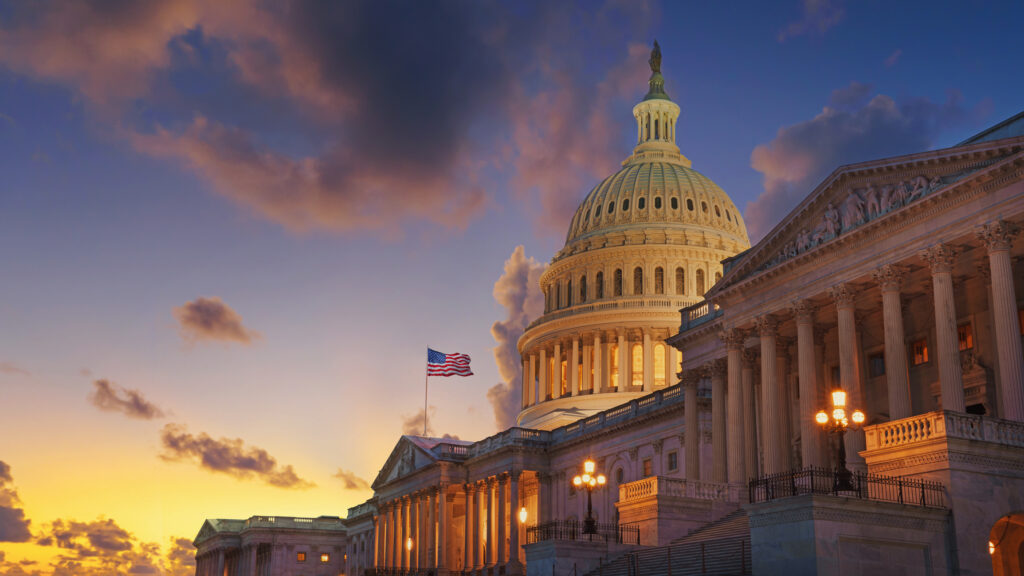For the past five years, spending by the federal government for forest fire prevention and suppression–most of it in the western states–averaged almost $900 million per year. This is almost half of the total direct federal land management spending for all other purposes combined. The high levels of federal spending are a response to the widespread fires that occurred in the hot and dry fire seasons in the summers of 1994 and 1996, and reflect an increased danger of devastating forest fires in western states.
The increased risk of forest fire is a result of failed federal land management policies. Because the federal government has long suppressed forest fire, many western forests today possess an abundance of flammable materials, built up over many years. If a fire erupts, it is likely to get out of control quickly. The forests are in a tinder box condition and can burn quite readily. The resulting forest fires burn with greater intensity than the more frequent fires of the past, often burning up the entire forest and doing major damage to the soils as well.
The U.S. Forest Service and other federal land management agencies now admit the error of their past ways. They propose to remove flammable materials from the forest by controlled burning, thus preventing future accumulations of wood that would sustain larger fires. They also propose limited timber harvesting aimed at reducing fire risks. But opposition to harvesting from environmental activists, and public concern about using fire as a management tool, make it unlikely that the federal agencies will be successful in either of these plans.
The Forest Service has lost the confidence of the American public, and the management of the national forests appears to be in a state of permanent gridlock. As a result, the national forest system is in a state of ecological decline. At the same time, timber harvesting in national forests is falling dramatically. The timber industry cannot be blamed for the forests’ problems, and new restrictions on cutting proposed by preservationists won’t solve those problems.
The only way to make the difficult decisions required by the current fire conditions in the national forests is to decentralize forest fire management. State and local groups will have to work out among themselves the fire management regime appropriate to their varying local circumstances. State and local decision-making processes can provide the legitimacy now lacking by the centralized scientific management of the Forest Service.
The main responsibility for protection against forest fire in the West thus should be shifted to state and local governments. By the Forest Service’s own estimates, 60 to 70 percent of its expenditures for forest fire fighting have a main purpose to protect human life and property in the urban/forest “interface.” State and local governments are the ones with the regulatory authority to require land and property owners to take appropriate actions to minimize fire risks in such areas as a condition of receiving fire control services. They may not do a perfect job in this respect, but they are likely to do far better than federal agencies.
The existing spending of the federal government for fighting forest fires should be converted to a block grant and given on a transitional basis to the states. Over time, this grant should be zeroed out. The federal government’s extensive forest fire fighting apparatus should be privatized. States would contract with the new private fire fighting organization, in part using the funds from their block grants, to provide necessary fire protection services.
Within a decade or so, there should be no remaining federal role in fire control in national forests. Even the federal funding should be gone. Once this step is accomplished, and fire control has been devolved, reformers can turn to the next step in federal land management reform: Devolution of the lands themselves.
Robert H. Nelson is a senior fellow in environmental studies at the Competitive Enterprise Institute and author of Public Lands, Private Rights (Rowman & Littlefield, 1995). This article is adapted from the forthcoming CEI monograph, “Ending the Forest Fire Gridlock: Making Fighting Forest Fires in the West a State and Local Responsibility.” For more information, or to order copies of the paper, contact CEI at 202/331-1010.



